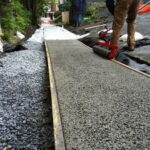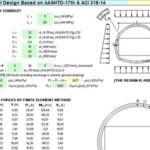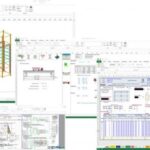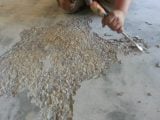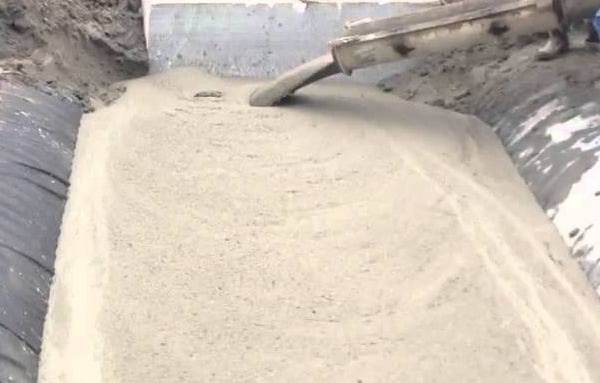
Lean Concrete vs Flowable Concrete
28 January 2019Table of Contents
Lean Concrete vs Flowable Concrete
Lean concrete and flowable concrete are terms used to describe low-grade concrete slurry that is used in a variety of construction projects. In some ways the two terms are interchangeable, both describing concrete made with lesser ingredients, but there are some differences in how the two are used. Lean concrete tends to be more long-lasting than flowable concrete, which is often temporary.
Lean Concrete
Lean concrete is made with low cementitious material content. This means that it does not have many of the heavy, high-density rock and sand elements that normal concrete has. Instead, it can use a mixture of standard concrete materials, reclaimed and crushed concrete, discarded sand and recycled ash. This makes lean concrete very cheap in nature and simple to make and use.

Uses
- Main function of the lean concrete is to provide the uniform surface to the foundation concrete and to prevent the direct contact of foundation concrete from the soil.
- Lean concrete is used under the foundations.
- It is good for providing a flat bottom in uneven or dirt terrain.
- Lean concrete has a lower level of cement in it, which is why it’s mostly used for fillings or under the foundations, to keep it protected from the soil.
- Lean concrete is used to provide a level surface , where main foundation (raft, isolated or any other type) can be placed.
- Another purpose is protection of main foundation from soil below, as moisture or other chemicals in soil like sulphates may attack concrete and can weaken it.
Flowable Concrete
Flowable fill concrete is a self-compacting cementitious slurry consisting of a mixture of fine aggregate or filler, water, and cementitious material which is used as a fill or backfill in lieu of compacted-soil backfill. This mixture is capable of filling all voids in irregular excavations and hard to reach places (such as under undercuts of existing slabs), is self-leveling, and hardens in a matter of a few hours without the need for compaction in layers.
Flowable fill is sometimes referred to as controlled density fill (CDF), controlled low strength material (CLSM), lean concrete slurry, and unshrinkable fill.
Flowable fill materials will be used as only as a structural fill replacement on VA projects. Unless otherwise noted, flowable fill installed as a substitution for structural earth fill, shall not be designed to be removed by the use of hand tools.
The materials and mix design for the flowable fill should be designed to produce a comparable compressive strength to the surrounding soil after hardening, making excavation at a later time possible to produce the compressive strength indicated for the placed location, as determined by the Engineer.
Purposes
Like lean concrete, flowable concrete or flowable fill is used for sub-bases and subfooting as well as abandoned wells and cavities. But flowable concrete is more associated with backfill projects where the concrete will be removed in several months when projects are completed. Because it will be taken away, it may be made of cheaper and less durable materials than lean concrete.


